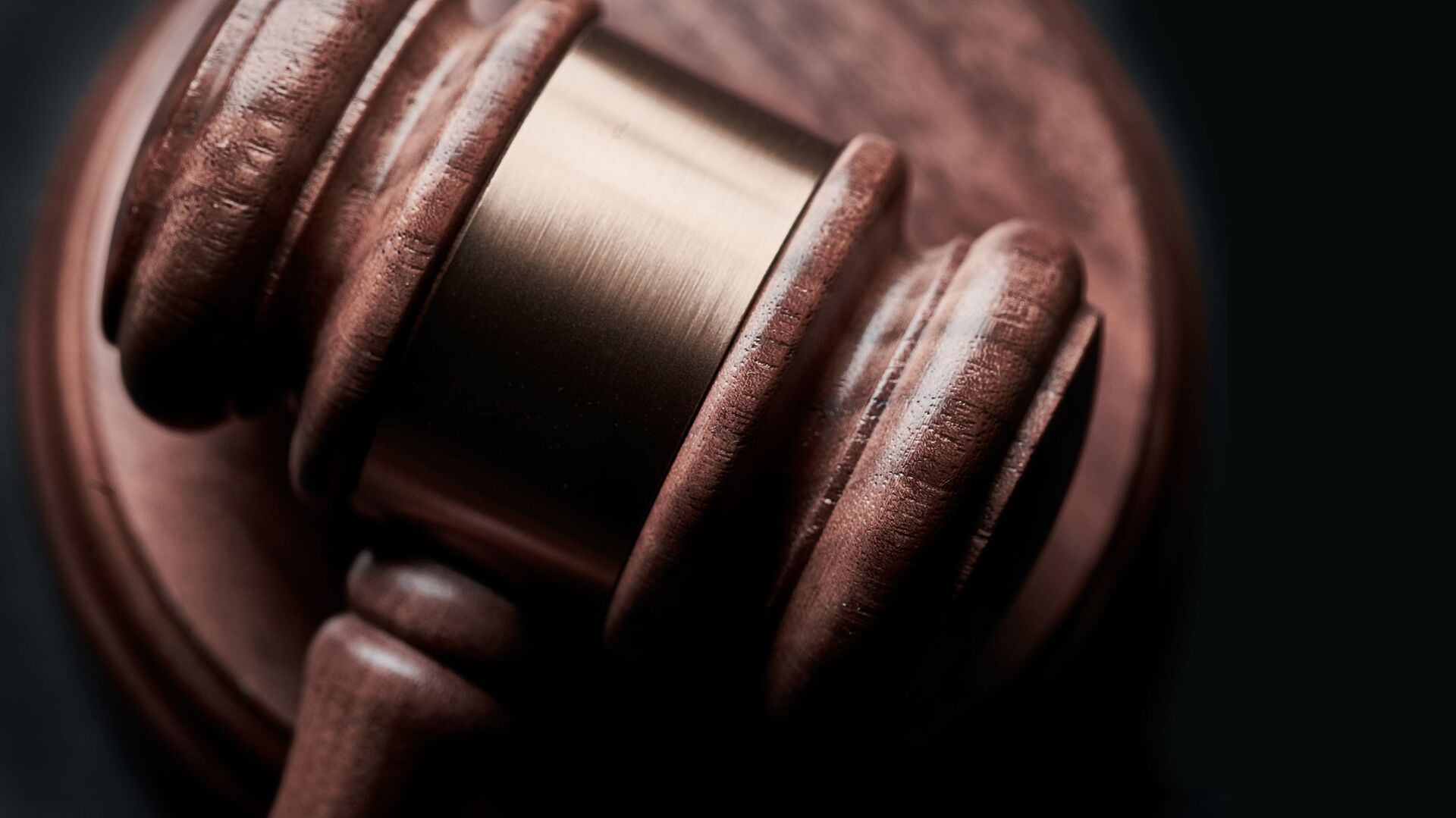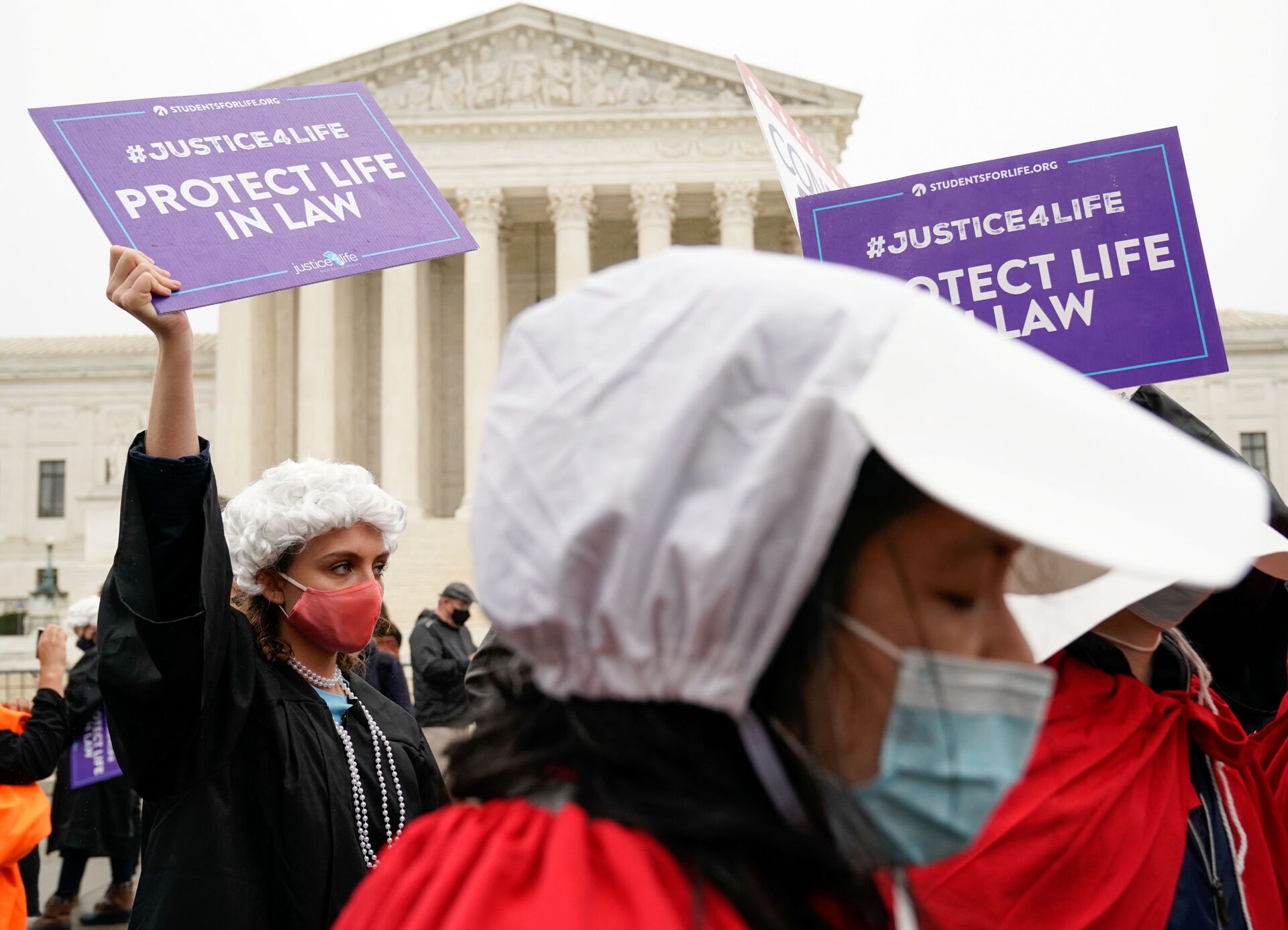US Senate to Probe Supreme Court’s 'Abuse of the Shadow Docket’ to Skip Normal Deliberation Process
19:37 GMT 03.09.2021 (Updated: 19:38 GMT 03.09.2021)

CC BY 2.0 / Bill Oxford /
Subscribe
After being dealt three stinging reversals by the US Supreme Court in as many weeks, Democrats are looking to push back by investigating the court’s use of a controversial function called the shadow docket, which allows the justices to quickly rule on cases without the normal process of dispute and deliberation.
In a late Wednesday night ruling, the court rejected pleas by women’s health advocates to block a Texas “heartbeat” law that would ban 85% of abortions in the state. The issue wasn’t argued before the court beyond a written appeal for emergency injunction by the plaintiffs, and the majority decision gave just a page and a half of explanation for its actions, which are no less binding on lower courts than any other case.
It was the third time such a lightning-fast decision was used in recent weeks by the conservative-majority court to advance a conservative political agenda: last week, the court struck down the Biden administration’s federal moratorium on evictions and just days before, the court ordered the Department of Homeland Security to reinstate the Migrant Protection Protocols it had abolished in June. Both decisions were similarly laconic and split 6-3, with the liberal justices Elena Kagan, Sonia Sotomayor, and Stephen Breyer dissenting.
Typically, a case heard by the high court would take months to be resolved, with relevant parties and even outside parties filing arguments about the issues at hand and in-person arguments before the court by both parties. The justices would then deliver their decisions in long essays explaining the legal philosophy at work behind their decisions both for and against the majority's decision, allowing all parties as well as lower courts to fully understand their jurisprudence.
“I can’t say never decide a shadow-docket thing,” Breyer told the New York Times the day after the eviction moratorium was struck down. “Not ‘never.’ But be careful. And I’ve said that in print. I’ll probably say it more.”
Similarly, Kagan wrote in her dissenting opinion on Wednesday that the court’s ruling “illustrates just how far the Court's 'shadow-docket' decisions may depart from the usual principles of appellate process … In all these ways, the majority's decision is emblematic of too much of this Court's shadow-docket decision-making - which every day becomes more un-reasoned, inconsistent, and impossible to defend.”
Now the Senate Judiciary Committee is preparing to take a closer look at the court’s “abuse of the ‘shadow-docket,’” it said in a Friday news release.
“The Supreme Court must operate with the highest regard for judicial integrity in order to earn the public’s trust,” committee chairman and Senate Majority Whip Dick Durbin (D-IL) said in the release.
“This anti-choice law is a devastating blow to Americans' constitutional rights - and the Court allowed it to see the light of day without public deliberation or transparency,” Durbin said of the Texas law allowed by the court to stand. “At a time when public confidence in government institutions has greatly eroded, we must examine not just the constitutional impact of allowing the Texas law to take effect, but also the conservative Court’s abuse of the shadow docket.”

Protesters and supporters of the Supreme Court nomination of Judge Amy Coney Barrett demonstrate outside the U.S. Supreme Court in Washington, U.S. October 12, 2020.
© ERIN SCOTT
The House’s parallel committee conducted its own probe of the shadow docket in February, at which experts testified about the history of the function, which has existed since the high court was created in 1789, but has rarely been used for important cases until just a few years ago. According to Slate, Republicans and Democrats largely agreed the court was overstepping its bounds to the point it had become a problem.
Stephen Vladeck, a professor of law at the University of Texas School of Law who testified at the hearing, wrote in The Atlantic afterward that between 2001 and 2017, the federal government sought emergency relief on cases from the Supreme Court via the shadow docket eight times, four of which were granted by the court. In fact, the function was only even given a name in 2015.
However, between 2017 and 2021, the federal government - under the control of then-President Donald Trump - sought 41 emergency requests, 28 of which were granted by the court.
“Perhaps unsurprisingly, these rulings are also becoming far more divisive: of the eight requests for emergency relief from the Bush and Obama administrations, only one provoked any public dissent. In contrast, a majority of the Trump administration’s requests provoked at least three justices to publicly register a dissent, and 10 of them led the justices to publicly split 5–4. In each of the first two terms since Justice Anthony Kennedy left the Court in 2018, there were on average five times as many 5–4 rulings on the shadow docket as there were during his last term. And the public divisions among the justices haven’t been limited to cases in which the federal government has sought relief,” he wrote.
If sufficiently motivated, federal lawmakers can exert a regulatory force over the conduct of the courts, including the high court, forcing it to adhere to its own standards of what constitutes “irreparable harm,” which is the primary requirement for granting a shadow-docket request.
“Unlike its original jurisdiction, the appellate jurisdiction of the Supreme Court is subject to ‘exceptions and regulations’ prescribed by Congress, and the jurisdiction of the inferior federal courts is subject to congressional prescription,” the Legal Information Institute at the Cornell School of Law notes. “Additionally, Congress has power to regulate modes and practices of proceeding on the part of the inferior federal courts.”

